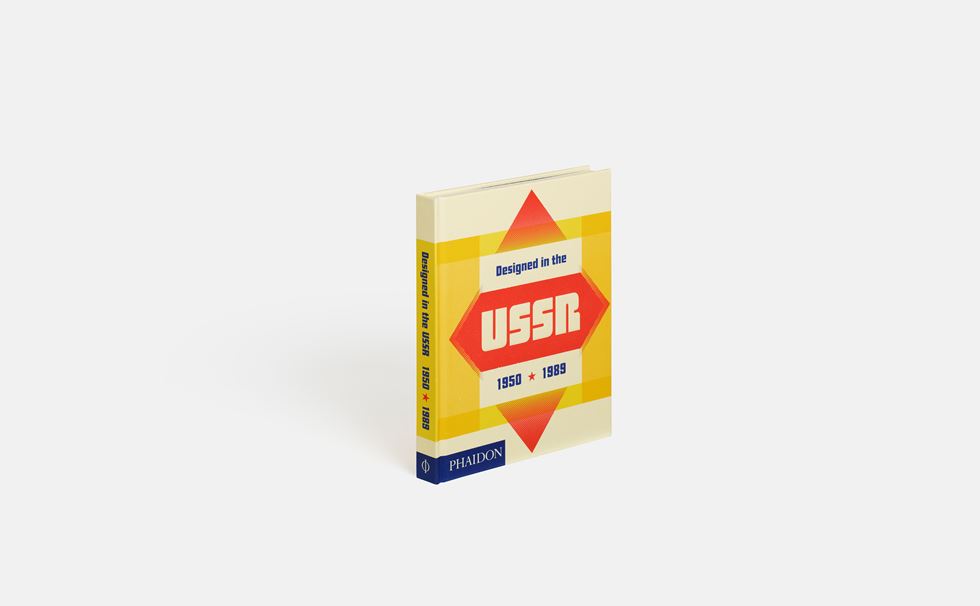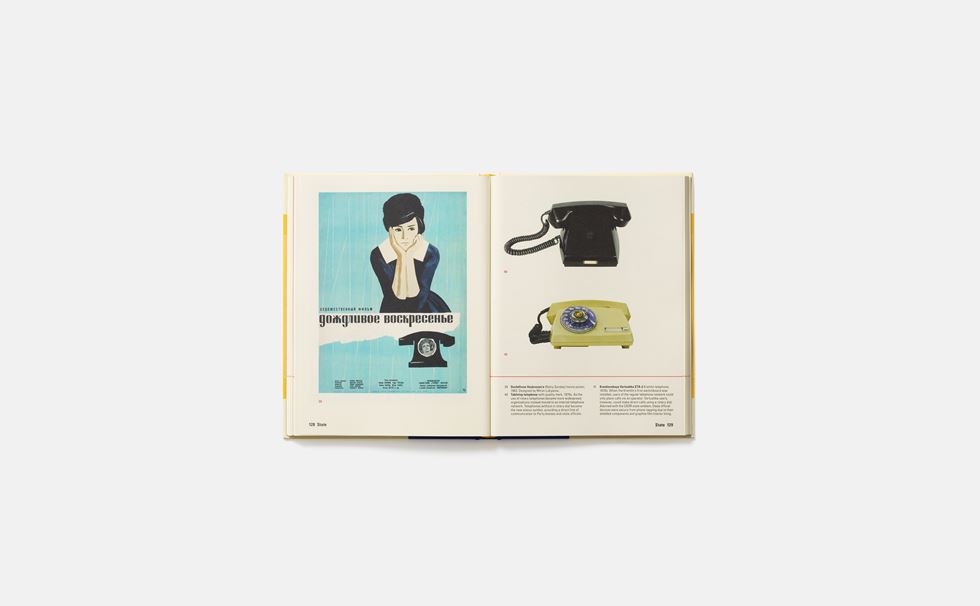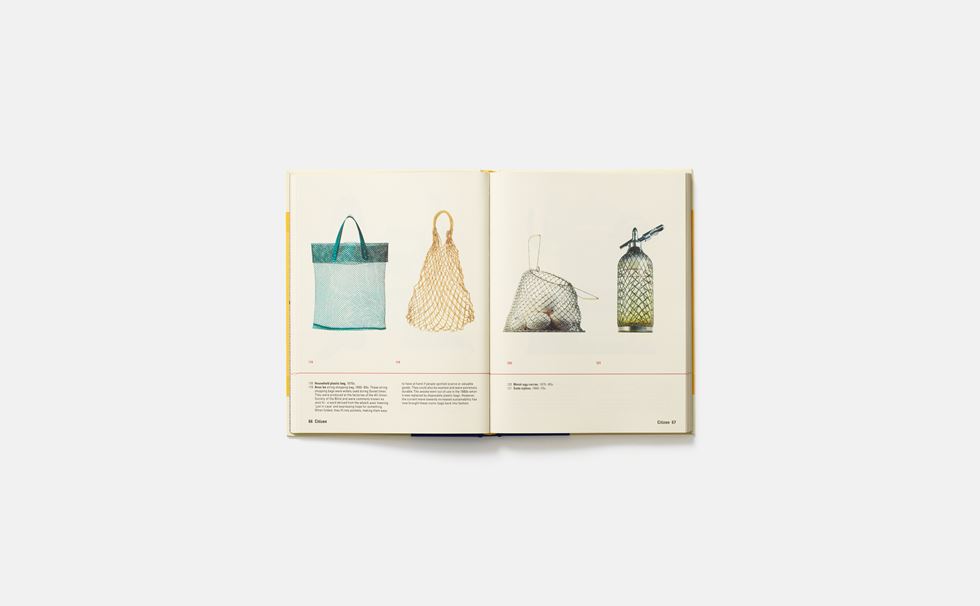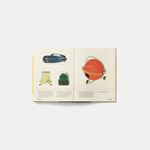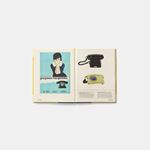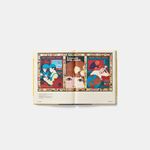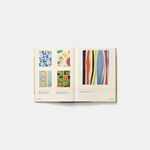June's book of the month The Phaidon Book Club
Designed in the USSR: 1950-1989
Some people in the United States were shocked to discover the extent to which the Russian state attempted to influence the US 2016 presidential election via social media. For others though, Russia’s soft influence over the world’s political structure via its use of technology comes as no surprise. Back in the old days, the Soviet Union also tried to exert soft power in American political circles via the prevailing media of the times, as the new Phaidon book, Designed in the USSR: 1950-1989 makes clear.
The book offers a fascinating glimpse into design behind the Iron Curtain, via the products and graphics of everyday Soviet life. It explores an extraordinary period when function and utility were the driving forces behind ideas but remarkable examples of innovation and creativity still flourished. Readers are taken on a micro to macro tour of practical, kitsch, playful, politicised and often avant –garde designs, compiled to create a unique and compelling view into life in the USSR. But while most of the goods depicted in the book would have only been available to Soviet citizens, one particular product, Soviet Life, was created purely for a Western audience, in an attempt to popularise both the USSR’s point of view, and its products.
“This limited edition magazine, published monthly by the Embassy of the USSR in the USA, reported on Soviet life and culture. In turn, from 1956 to 1991, America magazine was published in the Soviet Union,” explains Alexandra Sankova, curator of The Moscow Design Museum and author of the new book.
“The fashion sketches on the cover were designed by Vyacheslav Zaitsev for a collection that became a big success in Vancouver in 1969. Zaitsev was one of the first fashion designers who successfully combined key European trends with Russian traditional costumes. The issue’s headline reads: ‘Vyacheslav Zaitsev: A Russian Yves St. Laurent’.” Despite this cover story, Zaitsev didn’t exactly take off in the US, though he has remained a successful designer in his homeland, and, in 1982 he was the first Soviet couturier granted permission to put his own name on a clothing label. Read this and many other great stories in Designed in the USSR: 1950-1989
